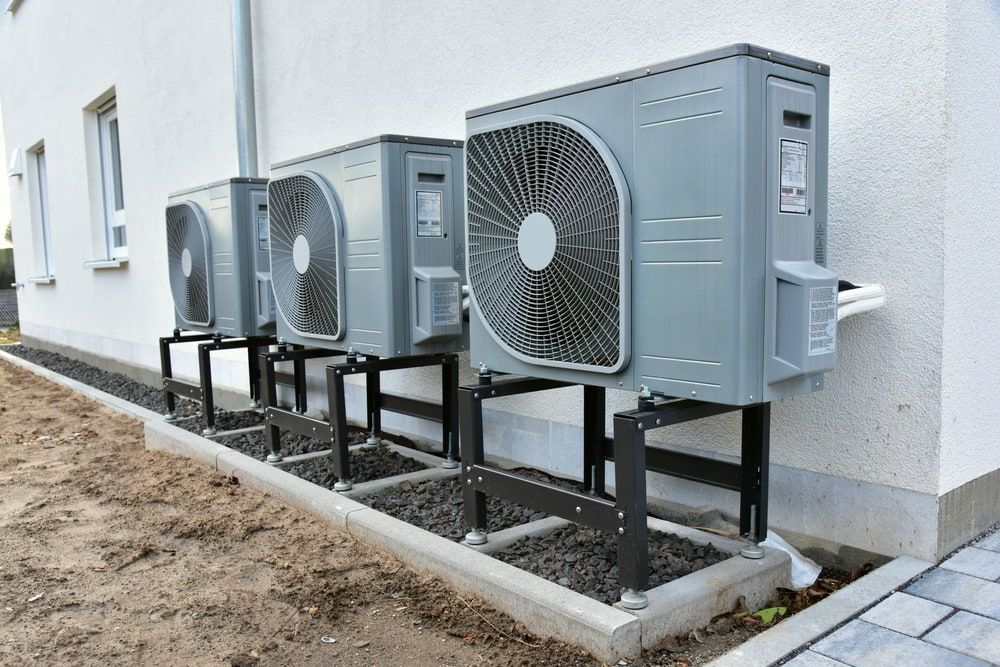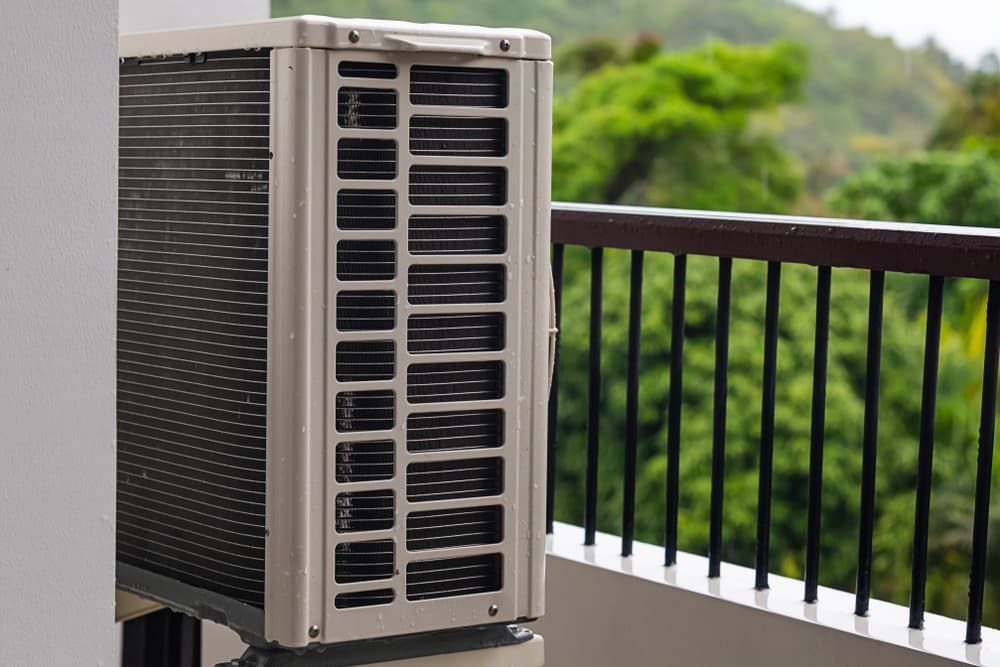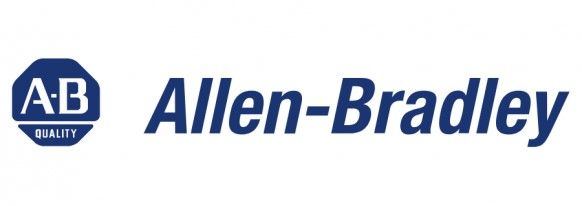Common Electrical Issues in Commercial Buildings
Have you noticed flickering lights, unexpected power surges, or tripped breakers in your commercial premises? Electrical issues can disrupt day-to-day operations, impact safety, and even damage expensive equipment. For commercial property owners, facility managers, and business operators, understanding the common causes of electrical problems is the first step to reducing risks and maintaining a safe, compliant workplace. In this blog, we’ll explore commercial electrical issues, what causes them, and how timely intervention may help prevent further complications.
Frequent Power Surges & Their Impact
Power surges are brief spikes in voltage that can damage or degrade sensitive equipment. These are especially common in buildings with large machinery or HVAC systems.
While external sources like lightning strikes can contribute, most surges are internal—caused by faulty wiring, malfunctioning appliances, or overloaded circuits. In commercial settings, repeated surges may harm servers, security systems, or digital displays, leading to expensive replacements or downtime.
Installing surge protection devices and having wiring regularly inspected can help reduce the impact of power fluctuations.
Overloaded Circuits in High-Use Areas
Commercial buildings often support a large number of devices operating simultaneously—copiers, computers, printers, lighting, kitchen equipment, and more. When too many appliances are connected to a single circuit, the electrical load can exceed safe limits, causing overheating and frequent tripping of breakers.
This may be common in shared office spaces, food service areas, or retail outlets. An overloaded circuit not only interrupts workflow but may also pose a fire risk.
Preventative steps include balancing loads across multiple circuits and considering upgrades if usage patterns change or business operations expand.
Faulty Wiring or Loose Connections
Wiring that is outdated, incorrectly installed, or deteriorating due to age can result in a range of safety hazards.
Loose connections may lead to intermittent power, excessive heat build-up, or even short circuits. In older commercial buildings, wiring may not meet current safety codes, especially if renovations or additions have been carried out without electrical updates.
Regular electrical audits can help identify unsafe wiring before issues escalate, providing an opportunity to replace or reconfigure circuits to meet modern requirements.
Tripped Circuit Breakers
Circuit breakers are designed to shut off power when a circuit becomes overloaded or develops a fault, preventing further damage. While an occasional trip might not be alarming, frequent tripping may indicate a more serious underlying problem.
This could point to ground faults, wiring issues, or equipment drawing more current than the circuit is rated for.
Understanding the root cause is essential—ignoring repeated breaker trips could result in equipment damage or fire hazards.
Inconsistent Lighting Performance
Flickering, dimming, or unresponsive lighting is not just inconvenient—it could signal problems with the wiring, switches, or internal connections.
Commercial spaces such as warehouses, showrooms, or office floors depend on consistent lighting for productivity and safety. Inconsistent performance can affect visibility, concentration, and even client impressions.
A commercial electrician can assess whether poor performance stems from ageing fixtures, fluctuating voltage, or deeper electrical issues.
Outdated Switchboards or Electrical Panels
Older switchboards may not support the increased electrical demands of modern commercial premises. As businesses adopt more advanced systems—automation, smart lighting, security devices, and IT infrastructure—the switchboard may become overloaded or non-compliant.
Outdated panels can struggle with demand, leading to heating, circuit failure, or non-compliance with electrical standards.
Upgrading to a contemporary switchboard setup can provide better safety mechanisms, clearer load distribution, and allow for future expansion.
Unprotected Outdoor Wiring
In businesses with external lighting, signage, or machinery, exposed or weather-damaged wiring can become a major issue.
Moisture ingress, UV degradation, and pest activity can all affect wiring durability. Without proper conduits or insulation, outdoor systems may develop faults or short circuits.
Inspecting and protecting exterior cabling is particularly important for hospitality venues, service stations, or warehouses that operate external equipment.
Malfunctioning Emergency Systems
In commercial settings, emergency lighting, alarms, and backup power systems are not optional—they are required for safety compliance.
If these systems are not regularly checked, faults may go unnoticed until they’re needed most. Faulty emergency systems can result in safety breaches, insurance issues, or even liability in case of an incident.
Routine testing and scheduled maintenance help confirm that all emergency circuits are fully functional and ready to operate in a crisis.
Data Cabling Interference
In modern commercial buildings, electrical cabling and data infrastructure often share space. Poor layout or interference between the two can lead to slow internet speeds, network outages, or intermittent connectivity.
This is especially relevant in offices with large IT infrastructure, server rooms, or communication systems. An integrated electrical and data cabling layout helps reduce interference, improves performance, and simplifies future upgrades.
Inadequate Maintenance Schedules
Many electrical issues arise not from sudden faults but from prolonged neglect. Without consistent maintenance, minor issues go unnoticed, equipment wears prematurely, and safety risks multiply.
A preventative maintenance schedule can include routine inspections, thermal imaging for hot spots, testing of safety systems, and compliance checks—offering peace of mind and potentially extending the life of your electrical infrastructure.
Irregular Voltage Supply
Inconsistent voltage supply can disrupt sensitive electronic equipment such as computers, POS systems, or manufacturing machinery. This is more likely in buildings located near industrial zones or areas with fluctuating grid demand.
Voltage irregularities may cause equipment to shut down, lose data, or suffer internal damage over time. They can also result in noticeable dimming or brightening of lights, which can impact comfort and productivity.
A commercial electrician may recommend installing voltage regulators or assessing your building's power quality to identify patterns and implement solutions that protect sensitive assets.
Non-Compliant Electrical Installations
Not all electrical work in commercial premises is carried out to code—especially if previous fit-outs or upgrades were rushed or performed without proper inspection.
Non-compliant installations may include overloaded circuits, poorly labelled switchboards, or missing safety switches. These faults might not be immediately obvious but can lead to serious consequences during an emergency or audit.
Periodic compliance checks may help identify legacy issues and bring the electrical setup up to the current Australian Standards (AS/NZS 3000).
Book a Commercial Electrical Inspection Today
Commercial buildings demand electrical systems that are not only functional but also safe, adaptable, and compliant with modern codes. Addressing issues like overloading, ageing infrastructure, and poor planning can help avoid costly disruptions and improve operational continuity.
At A & J Electrical Contractors, we support businesses with timely fault detection, preventative maintenance, and professional repairs tailored for commercial settings.
Contact us today to book an electrical safety check or learn how our commercial electrical contractors can support your operations.












